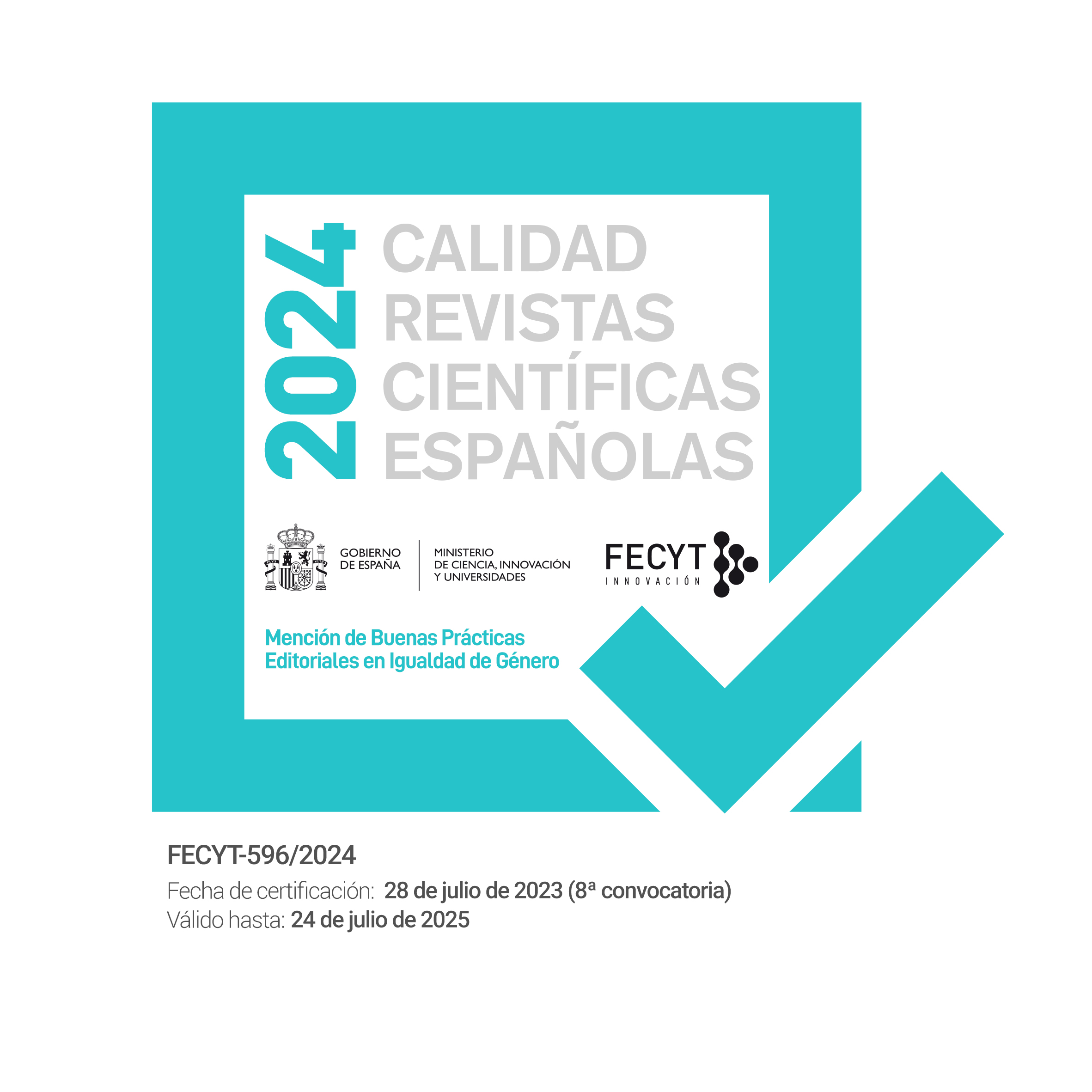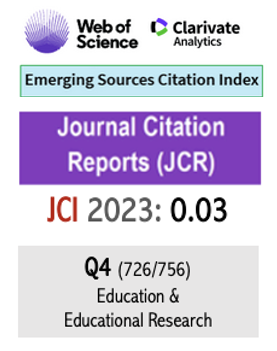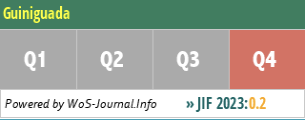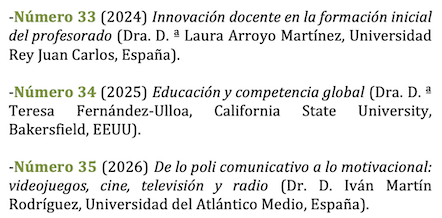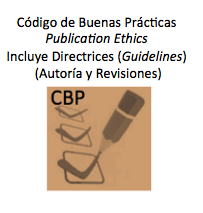Práctica docente y TIC: asociación indispensable en el presente siglo
Keywords:
aprendizaje, Tecnología de la información y la comunicación, Web 2.0Abstract
Reflexionar sobre la integración de las tecnologías de la información y la comunicación en la práctica curricular es la intención de este artículo. Decir que las mis- mas suponen, hoy en día, un valor añadido (imprescindible) al proceso de enseñanza aprendizaje es hablar de una educación inmersa ya en el siglo XXI y, por tanto, en la sociedad actual. Exponemos, desde la práctica y la investigación contrastada, una re- flexión sobre el empleo de diversas herramientas de la Web 2.0. Sirven estas para potenciar tanto la interacción entre los miembros de la comunidad educativa como para promover un sistema de trabajo creativo , participativo y enormemente motivador.Downloads
Downloads
Published
2010-10-07
How to Cite
Suárez Robaina, D. J.-R., & Nuez García, C. L. (2010). Práctica docente y TIC: asociación indispensable en el presente siglo. El G U I N I G U a D a, (19), 187–196. Retrieved from https://ojsspdc.ulpgc.es/ojs/index.php/ElGuiniguada/article/view/430
Issue
Section
Papers
License
Authors who publish with this journal agree to the following terms:
- Authors retain copyright and grant the journal right of first publication with the work simultaneously licensed under a Creative Commons Attribution License that allows others to share the work with an acknowledgement of the work's authorship and initial publication in this journal. You can not make a commercial use of the work. The use derived from the work is also not allowed.
- Authors are able to enter into separate, additional contractual arrangements for the non-exclusive distribution of the journal's published version of the work (e.g., post it to an institutional repository or publish it in a book), with an acknowledgement of its initial publication in this journal.
- Authors are permitted and encouraged to post their work online (e.g., in institutional repositories or on their website) prior to and during the submission process, as it can lead to productive exchanges, as well as earlier and greater citation of published work (See The Effect of Open Access).
